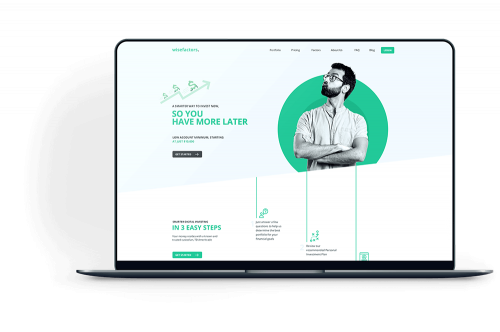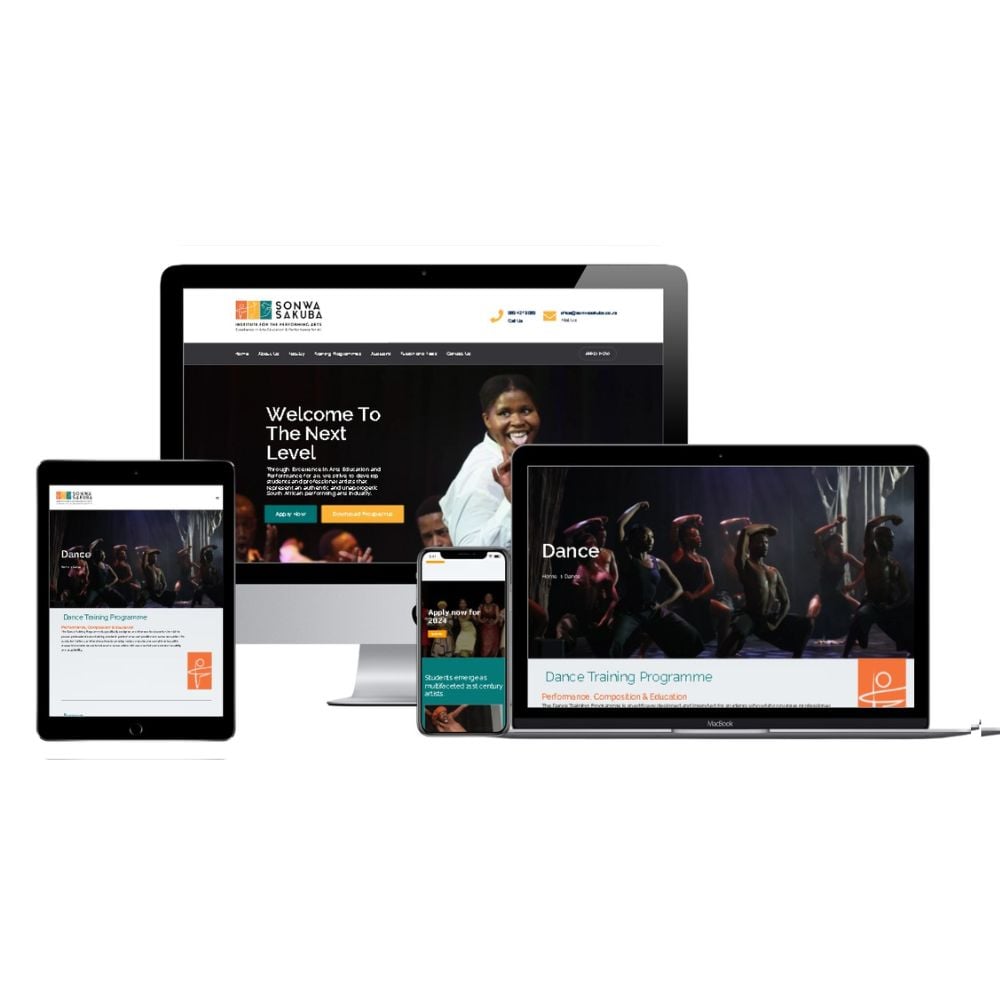Why Choosing the Right Website Design Can Make or Break Your Online Reputation
Why Choosing the Right Website Design Can Make or Break Your Online Reputation
Blog Article
Modern Site Design That Catches Interest and Converts
In a significantly digital landscape, contemporary site layout has emerged as a pivotal consider recording user focus and driving conversions. By purposefully utilizing visual hierarchy, receptive layouts, and involving interactive components, developers can produce experiences that not just draw in site visitors however also promote meaningful interactions. In addition, efficient call-to-action approaches play a critical function in leading individuals towards desired end results. As we explore these important parts, it becomes clear that recognizing their interaction can considerably impact an internet site's performance and individual satisfaction. What are the crucial elements that absolutely make a difference?
Importance of Visual Power Structure
Aesthetic power structure is an essential component in site layout, as it guides customers' attention and boosts their overall experience. By strategically arranging material, designers can guide users to the most important info initially, thus increasing engagement and enhancing use.
Incorporating a sensible circulation in material setup is necessary; as an example, positioning the most essential information on top of a page fosters instant acknowledgment. Regular use of typography, such as varying font dimensions and designs, helps establish a clear material framework. This organization not just help in navigating yet additionally develops trust fund, as customers feel a lot more comfortable when they can quickly discover what they are looking for.
Ultimately, a well-executed visual hierarchy not only enhances aesthetic charm yet additionally considerably affects individual behavior. By focusing on important aspects and making sure a seamless experience, designers can effectively convert site visitors right into customers, reinforcing the significance of this foundational design principle in contemporary site advancement.
Responsive Layout for All Gadgets
Producing a seamless experience across various gadgets is essential in today's digital landscape, where customers accessibility web sites from smartphones, tablet computers, and desktop computers alike. Responsive style is an essential approach that ensures internet sites adjust fluidly to various display orientations, sizes, and resolutions. By utilizing flexible grids, photos, and CSS media queries, developers can produce formats that preserve visual stability and functionality, despite the gadget being utilized.
The value of responsive layout extends past visual appeals; it directly affects user interaction and conversion prices. A web site that functions well on all tools encourages longer sees and reduces bounce prices, as users are most likely to interact with web content that is easy to browse. Furthermore, search engines, specifically Google, prioritize mobile-friendly sites in their positions, making receptive layout an essential component of search engine optimization (SEARCH ENGINE OPTIMIZATION)
Including responsive style not only improves customer experience yet also enhances the development process. By producing a solitary website that works throughout tools, businesses can save time and resources compared to developing separate mobile and desktop versions. Inevitably, responsive design is a fundamental technique for modern-day site style, making certain accessibility and complete satisfaction for all individuals, no matter their gadget.
Engaging Interactive Aspects
While a receptive design lays the foundation for a practical site, integrating engaging interactive components is vital for recording user interest and fostering deeper links. Website Design. Interactive components, such as animations, quizzes, and clickable infographics, create a more vibrant individual experience, urging site visitors to spend more time on the website
Incorporating interactive features can also assist individuals through facility details, making it less complicated to absorb material. For instance, interactive sliders can highlight item variations, while ingrained video clips can give demonstrations or endorsements that reverberate greater than static images or message. In addition, gamification strategies, like incentives for finishing tasks or involving with material, can enhance customer motivation and retention.
Effective use of interactive components not only enriches the individual experience however can likewise lead to greater conversion rates. It is vital to stabilize interactivity with efficiency; extremely complex functions may impede site speed, negatively influencing customer satisfaction.
Streamlined Navigating Practices
Efficient navigation is a cornerstone of any type of successful site, as it directly influences user experience and material accessibility. Streamlined navigating techniques make certain that customers can conveniently situate Discover More details, improving their interaction with the website. A well-structured navigating food selection ought to be instinctive and straightforward, generally featuring a minimal number of primary categories to stay clear of frustrating visitors.
To accomplish streamlined navigating, developers ought to prioritize a hierarchical structure that practically organizes web content. Implementing breadcrumb routes can provide customers with context regarding their current location within the site, permitting for seamless backtracking. Additionally, utilizing drop-down menus can properly save space while still supplying accessibility to subcategories.
Responsive layout is critical, as navigation needs to be useful across all devices (Website Design). Mobile customers, in particular, advantage from touch-friendly menus and collapsible areas that maintain functionality without jeopardizing aesthetic appeals

Effective Call-to-Action Approaches
A well-crafted call-to-action (CTA) is important for directing customers toward wanted outcomes on a site, as it urges them to engage with web content or purchase. To optimize their performance, CTAs must be clear, compelling, and tactically placed throughout the site.
First, use action-oriented language that communicates seriousness or worth, such as "Start," "Join Currently," or "Insurance claim Your Price cut." This language not only inspires users yet also establishes clear assumptions about the following steps.
2nd, consider style components; CTAs ought to stand apart aesthetically through contrasting shades, enough whitespace, and prominent positioning. A switch that is easy to see and click boosts the chance of user interaction.
Furthermore, individualizing CTAs based upon customer habits or demographics can significantly improve interaction. Customized messages resonate a lot more with customers, driving higher conversion rates.

Verdict
These elements collectively improve user experience, guaranteeing that visitors remain engaged and encouraged to discover web content better. By focusing on these style principles, organizations can considerably improve user retention and conversion prices, inevitably leading to higher success in the electronic landscape.
In a progressively digital landscape, modern website layout has emerged as a pivotal variable in recording user focus and driving conversions.Aesthetic power structure is a crucial component in site Website Design design, as it guides customers' attention and boosts their total experience.The value of responsive layout expands beyond aesthetics; it straight affects user involvement and conversion rates.Incorporating responsive layout not only boosts user experience yet also improves the growth process. Inevitably, responsive layout is a fundamental approach for modern internet site design, making certain accessibility and complete satisfaction for all customers, regardless of their tool.
Report this page